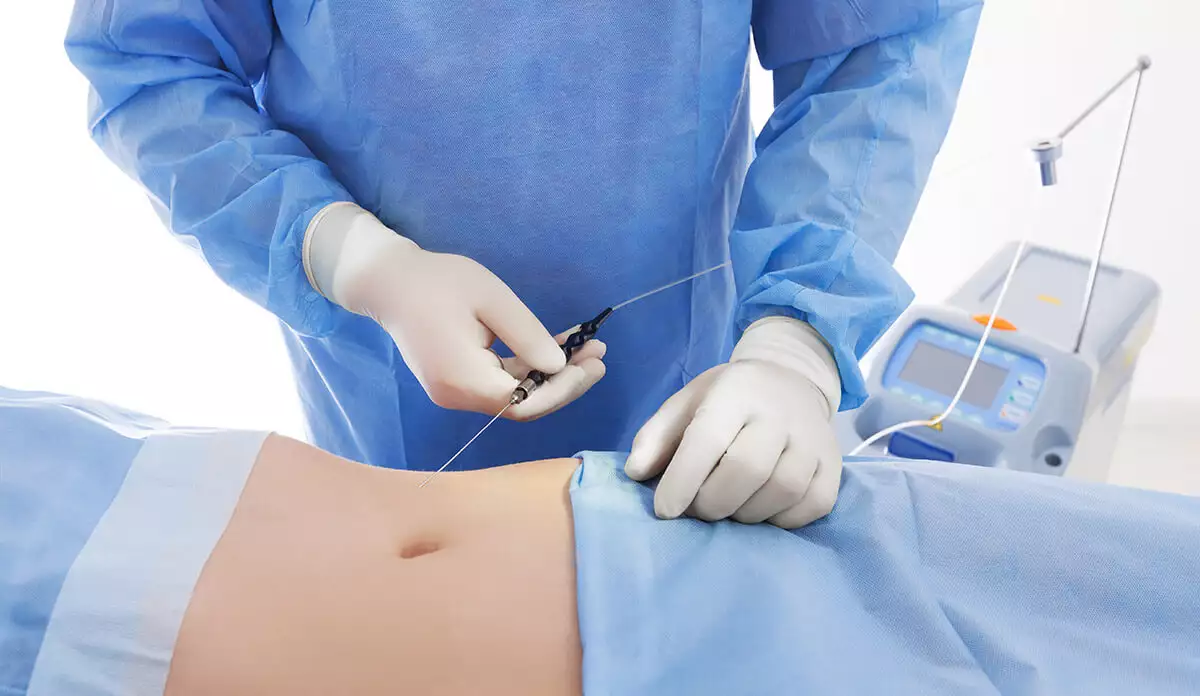
Vaser and Laser Liposuction
What are Vaser and Laser Liposuction?
Both Vaser and Laser Liposuction, like Traditional Liposuction, aim to remove fat from certain areas of the body through suction.
Vaser Liposuction:
Vaser Liposuction, which stands for Vibration Amplification of Sound Energy at Resonance Liposuction, uses Ultrasound waves to disrupt the bonds between the fat cells, which makes the removal of the fat cells easier and more effective.
Laser Liposuction:
Laser Liposuction dilutes the fat under the skin using a laser, which makes the fat removal easier, similar to Vaser Liposuction.
What are the conditions for Vaser and Laser Liposuction?
Both Vaser and Laser Liposuction, like Traditional Liposuction, require the patient to be able to undergo local or general anesthesia. The patient should be within 20 - 25 lbs (10 kg) of their ideal weight as neither Liposuction is a weight loss surgery. Additionally, both Liposuction surgeries help equalize uneven fat distribution in the patient’s body.
How are Vaser and Laser Liposuction performed?
Both surgeries start by general or local anesthesia being administered.
Vaser Liposuction:
Ultrasound waves are applied to shred and liquify fat cells, making them easier to take out. Small incisions are then made, and the liquefied fats are vacuumed out through a small tube, cannula.
Laser Liposuction:
A laser is inserted into the fat tissue underneath the skin through a small incision. The laser melts the fat cells, liquifying them. The surgeon then inserts a narrow cannula through the incision, which is used to vacuum out the liquefied fat.
Tube drains might be placed at the end of the surgery to prevent the accumulation of blood or other body fluids. Both Vaser and Laser Liposuction, on average, take an hour per area.
What are The Things To Be Considered After Vaser and Laser Liposuction?
Exactly like Traditional Liposuction, pain, swelling, and bruising are to be expected after both Vaser and Laser Liposuction. After the surgery, the patients are recommended to:
- Wear compression garments that are provided after the surgery, for the first few weeks after surgery to help decrease swelling.
- Minimize exposure to sunlight and heat, as they might exacerbate swelling.
- Avoid strenuous physical activity for two weeks after surgery.
It might take 2 to 3 weeks for the swelling to go down, and the results of the surgery to be visible.
What Are The Risks of Vaser and Laser Liposuction?
While Vaser Liposuction is less invasive than most Aesthetic surgeries, it still has risks associated with it. These risks include, but are not limited to:
- Fluid accumulation near the skin, Seroma
- Bleeding
- Fat embolism
- Contour irregularities.
- Blood clots
- Infection
- Swelling
- Poor wound healing
- Scarring
- Changes in skin sensation
- Damage to nerves, blood vessels, and muscles.
- Adverse reaction to anesthesia
